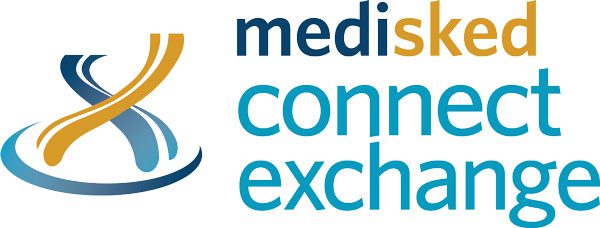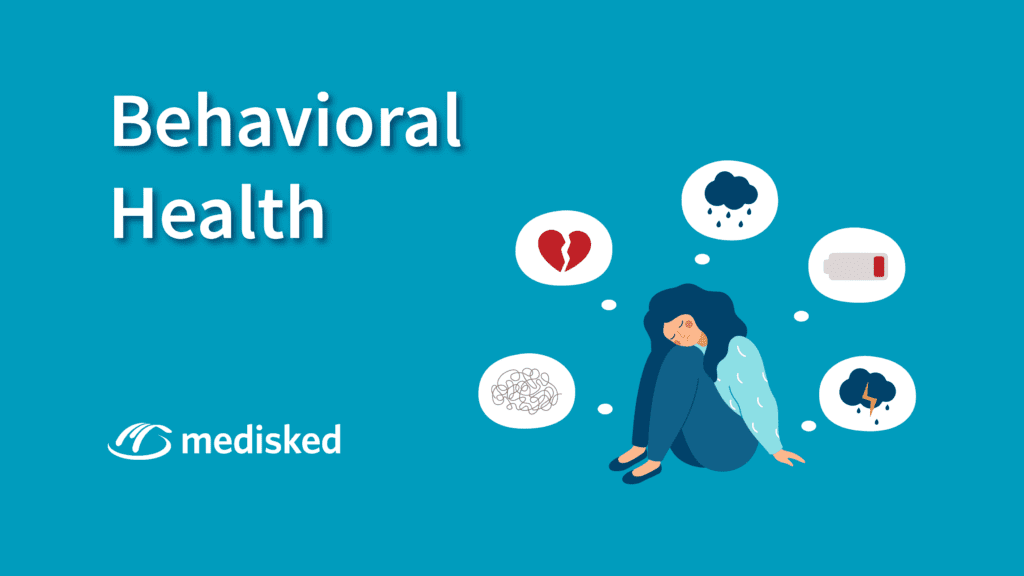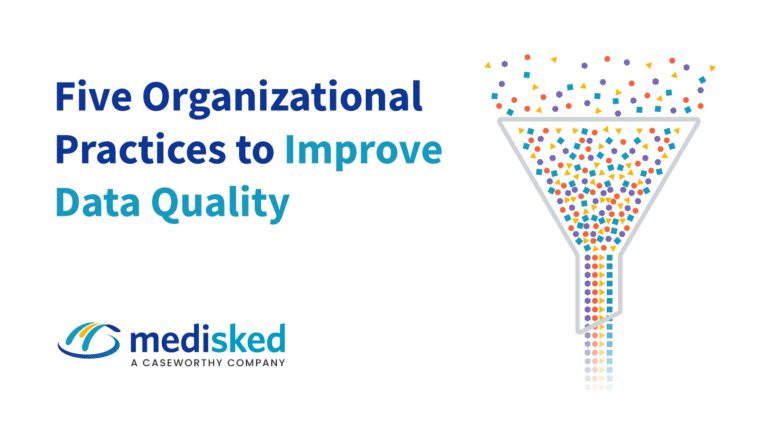Have you ever wondered what the term ‘behavioral health’ really means? You’re not alone.
According to the Substance Abuse and Mental Health Services Administration (SAMHSA), “behavioral health treatments are ways of helping people with mental illnesses or substance use disorders.”[1] This includes counseling, medication, or often a combination of both.
Mental illnesses and Substance Use Disorder (SUD) are especially prevalent among Medicaid enrollees.[2] Because of this, it is essential that federal legislators make behavioral healthcare a priority.
Let’s take a look at the strategies implemented at the federal level to improve behavioral healthcare over the years.
How the Affordable Care Act (ACA) Increased Access to Behavioral Health Treatment and Services in 2010
The Mental Health Parity and Addiction Equity Act (MHPAEA) is a federal law that generally prevents group health plans and health insurance issuers that provide mental health or substance use disorder (MH/SUD) benefits from imposing less favorable benefit limitations on those benefits than on medical/surgical benefits.[3]
Though the MHPAEA has been around since 2008, the ACA expanded the impact of the act so that more health plans must offer coverage for MH/SUD with at least an equal level of benefits as the plans offer for the treatment of physical health problems. While theMHPAEA originally applied to group health plans and group health insurance coverage, the ACA amended the act to also apply to individual health insurance coverage, significantly widening its reach.
The State of the Union: Addressing the Behavioral Healthcare Crisis in 2022
In his first State of the Union address, President Biden announced a national mental health strategy to transform health and human services to address behavioral health holistically and equitably:[4]
Strengthen System Capacity
This part of the strategy includes:
- Investing in proven programs that will bring providers into behavioral health.
- Piloting new approaches to train a diverse group of paraprofessionals.
- Building a national certification program for peer specialists.
- Promoting the mental well-being of our frontline health workforce.
- Launching the “988” crisis response line and strengthen community-based crisis response.
- Expanding the availability of evidence-based community mental health services.
- Investing in research on new practice models.
Connect Americans to Care
This part of the strategy includes:
- Expanding and strengthening parity.
- Integrating mental health and substance use treatment into primary care settings.
- Improving veterans’ access to same-day mental health care.
- Expanding access to tele- and virtual mental health care options.
- Expanding access to mental health support in schools and colleges and universities.
- Embedding and co-locating mental health and substance use providers into community-based settings.
- Increasing behavioral health navigation resources.
Support Americans by Creating Healthy Environments
This part of the strategy includes:
- Strengthening children’s privacy and ban targeted advertising for children online.
- Instituting stronger online protections for young people, including prioritizing safety by design standards and practices for online platforms, products, and services.
- Stopping discriminatory algorithmic decision-making that limits opportunities for young Americans.
- Investing in research on social media’s mental harms.
- Expanding early childhood and school-based intervention services and supports.
- Setting students up for success.
- Increasing mental health resources for justice-involved populations.
- Training social and human services professionals in basic mental health skills.
Read all of the details on the strategy here.
The National Association of Counties (NACo) and the National Association of County Behavioral Health and Developmental Disability Directors (NACBHDD) applauded President Biden’s strategy and committed to working with the administration on implementation.[5]
As a silver-level affiliate with NACBHDD, MediSked supports their mission to bring the unique perspective of the counties they represent to Congress and the Executive Branch while promoting national policies that recognize and support the critical role counties play in caring for people affected by mental illness, addiction, and developmental disabilities.
MediSked joins NACBHDD and NACo in expressing gratitude for the release of President Biden’s strategy to address our national mental health crisis.
There is much work to be done, and MediSked has its finger on the pulse of the behavioral healthcare crisis. We will continue to provide updates and resources – subscribe to our newsletter in the form on this page to stay updated on all of the biggest topics in the health and human services field.
Additionally, learn more about our software solutions for behavioral health management here.
[1] https://www.samhsa.gov/find-help/treatment
[3] https://www.cms.gov/CCIIO/Programs-and-Initiatives/Other-Insurance-Protections/mhpaea_factsheet
[5] https://www.naco.org/resources/press/naco-and-national-association-county-behavioral-health-and







